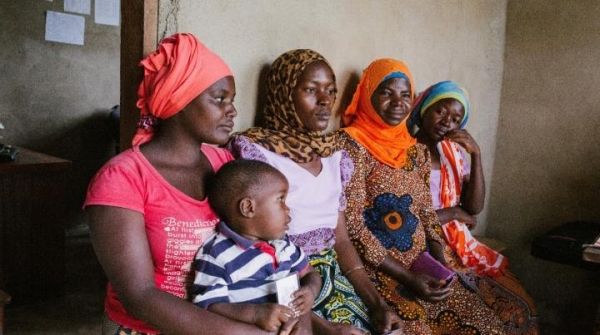Iron-deficiency anaemia is a major concern in low-income settings, especially for women. In a new study by the Swiss Tropical and Public Health Institute (Swiss TPH) and partners published yesterday in The Lancet Global Health, researchers found that iron infusion was feasible, safe and in contrast to the standard iron-deficiency anaemia treatment of oral iron tablets, highly effective in Tanzania. This is the first study to provide evidence of the benefits and safety of iron infusion in a low-income setting.
Over 1 billion people globally are affected by iron-deficiency anaemia. In sub-Saharan Africa, anaemia is a major public health concern with roughly 60% of the population suffering from anaemia. Around half of those cases are due to iron deficiency. Anaemia has a negative impact on an individual's quality of life, and the economic development of a country. Women are at particularly high risk, and their risk increases during pregnancy, childbirth and postpartum.
In a new study published yesterday by Swiss TPH and the Ifakara Health Institute in The Lancet Global Health, researchers compared the safety and efficacy of iron infusion versus oral iron tablets to treat iron-deficiency anaemia in Bagamoyo and Dar es Salaam, Tanzania. Results showed that iron infusion is highly effective in low-income settings compared to oral iron tablets.
"This is the first study to provide evidence of the benefits and safety of iron infusion compared with oral iron tablets for the treatment of iron-deficiency anaemia following childbirth in a resource-limited setting," said Sandrine Meyer-Monard, haematologist and senior author of the study. "We have demonstrated that iron infusions can be safely used in a rural African setting - just as it is in high-income settings."
Read more at Swiss Tropical and Public Health Institute
Image: Iron infusions help reduce iron-deficiency anaemia in low-income settings. (Credit: Danielle Powell, Swiss TPH)


